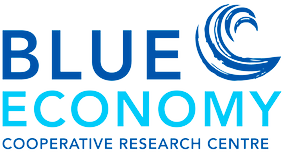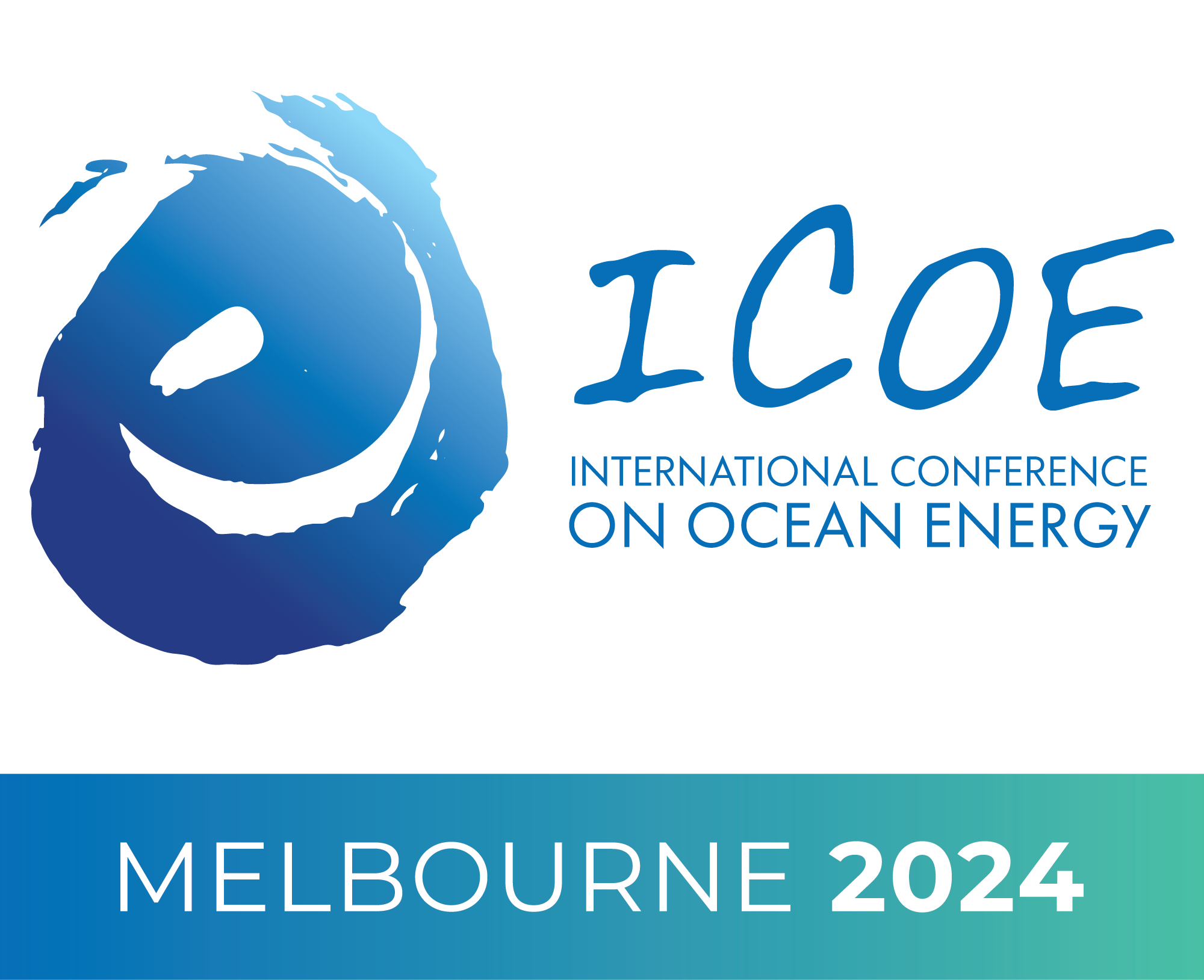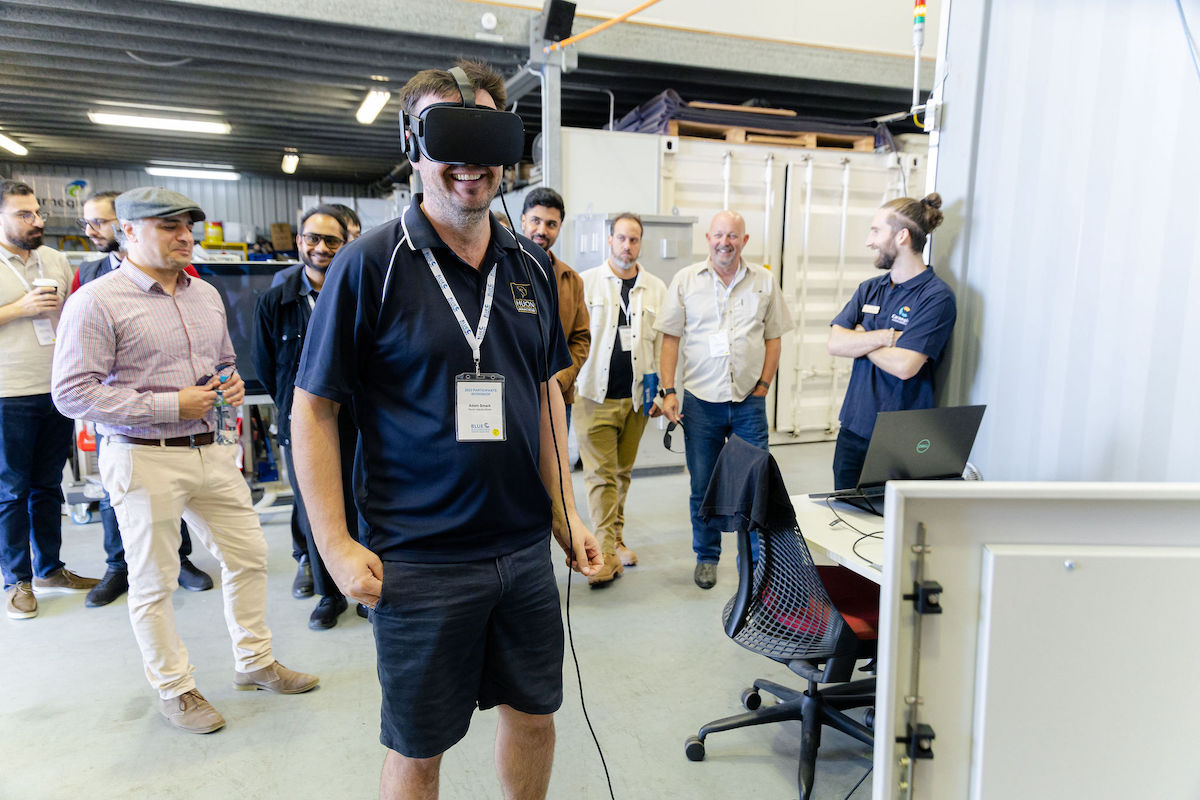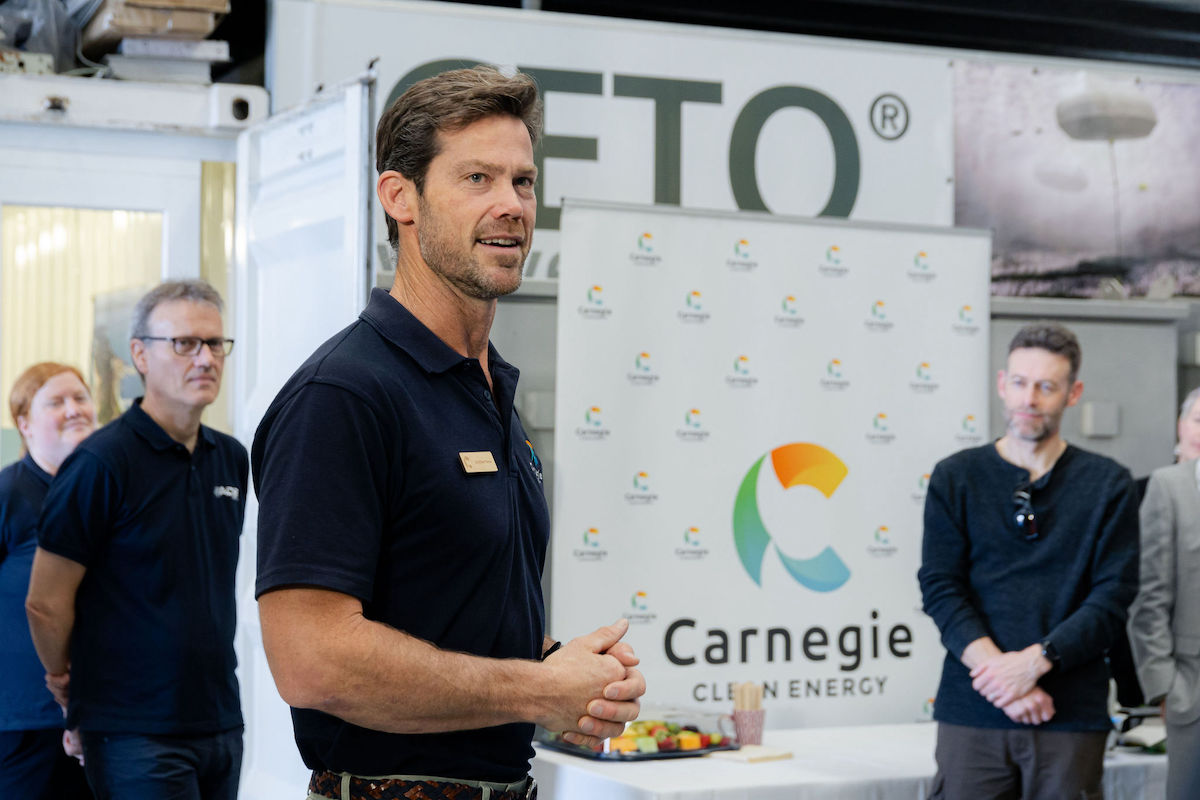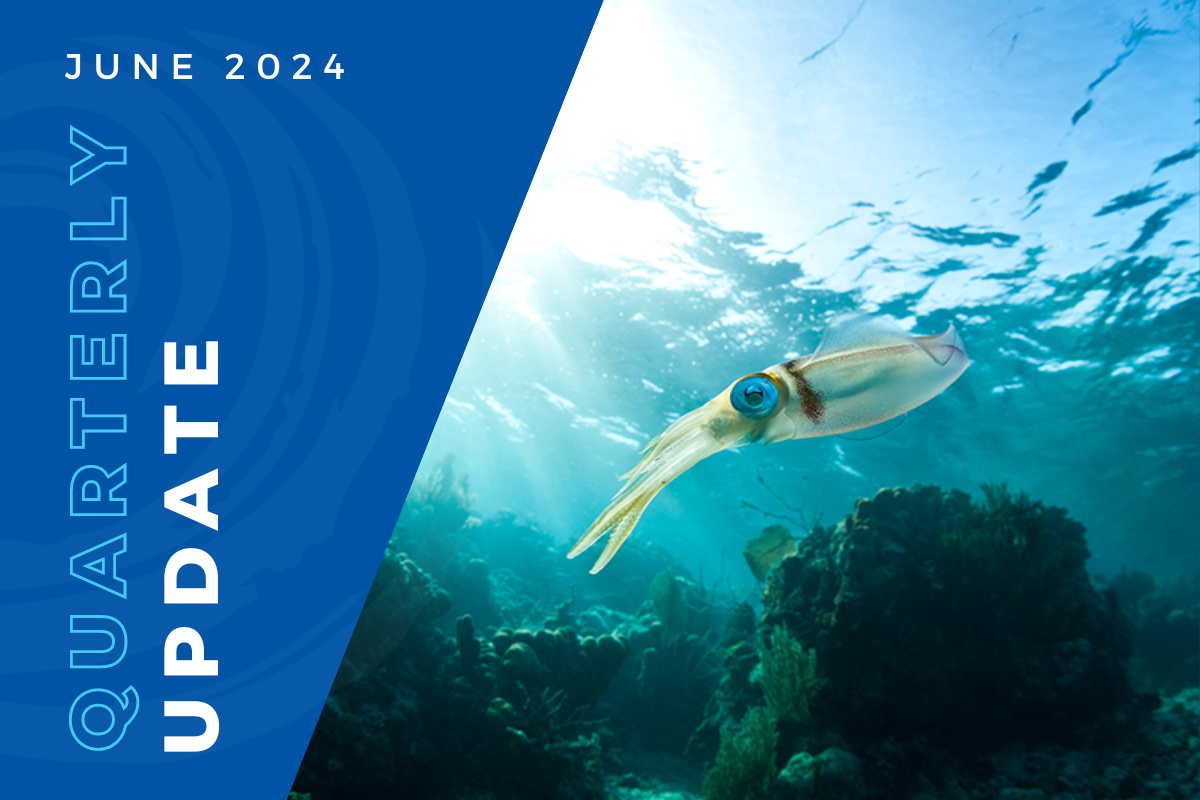On a hot morning in Bilbao, Spain, the Carnegie Clean Energy team were basking in the news that “EuropeWave pre-commercial procurement programme unveils 3 finalists”. Surrounded by 400 peers across research, industry and regulators at the 15th European Wave and Tidal Energy Conference, there was an overwhelming sense of pride and achievement for the team. In a conversation on energy transition that is dominated by wind, the global ocean energy sector has been quietly and surely making strides, backed by brilliant leaders, rewarding partnerships and a motivated team.
Carnegie Clean Energy’s wholly-owned subsidiary, CETO Wave Energy Ireland (CWEI) had made it through the EuropeWave as one of three finalists. Carnegie’s CETO technology was selected based on its superiority across key technical criteria including cost, performance, reliability, availability and survivability. They have been awarded an AUD$6.3 million contract to build and operate their CETO wave energy convertor in Spain. It was announced the CETO wave energy convertor will be deployed in Basque Country, Spain at a dedicated open water facility of the Biscay Marine Energy Platform (BiMEP). The project, known as ACHIEVE, will run from September 2023 to May 2026 with CETO deployed from 2025.
The EuropeWave Pre-Commercial Procurement programme has been designed to advance wave energy technology systems and test their commercial viability for large-scale deployment. Impressively, Carnegie Clean Energy beat out 36 contenders in the competitive bid process. The CETO wave energy converter technology complements advancements with its spin-off MoorPower™ currently in development as part of a Blue Economy CRC-funded project.
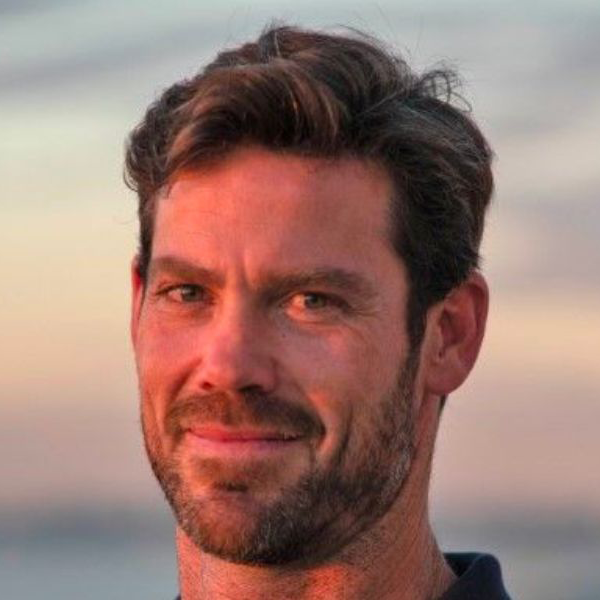
“We are extremely proud! Our team delivered an exceptional Phase 2 package of work and a winning Phase 3 bid that was judged the best solution against strict criteria and competing technologies.”
“Our ACHIEVE project is a significant step forward in CETO’s commercialisation journey as it places CETO in clear sight of Europe’s most progressive utilities and investors.”

Carnegie Clean Energy presenting at 15th European Wave and Tidal Energy Conference, Bilbao, Spain.

CETO Wave Energy Ireland’s EuropeWave Project Manager, Migul Santos Herran and CEO Jonathan Fiévez.

Carnegie Clean Energy’s wholly-owned subsidiary, CETO Wave Energy Ireland (CWEI) team celebrating their success in the EuropeWave with Professor Irene Penesis, BE CRC Research Director and Angela Williamson, BE CRC Director Blue Policy and Planning
WHAT IS CETO?
Named after a Greek sea goddess, CETO offers the potential to revolutionise renewable power production globally. CETO harnesses the enormous untapped energy present in our ocean’s waves and converts it into grid-ready electricity. CETO is a unique, fully submerged, point absorber-type wave energy technology. A submerged buoy sits a few metres below the surface of the ocean and moves with the ocean’s waves. This orbital motion drives a power take-off (PTO) system that converts this motion into electricity.
CETO technological characteristics
CETO ADVANTAGES
The EuropeWave project has received funding from the European Union’s Horizon 2020 Research and Innovation Programme under grant agreement No 883751
The successful bid comes following advancements in the MoorPower™ Scaled Demonstrator technology in Australia, a spin-off from CETO currently in development through a Blue Economy CRC-funded project. MoorPower™ is a spin-off that incorporates core aspects of Carnegie’s CETO into a novel wave converter system for use in offshore energy demand applications, such as to power aquaculture vessels and barges, replacing diesel as the main energy source.
MoorPower™ aims to increase autonomy for offshore, moored vessels for use in high-energy environments, reduce emissions and refuelling along with integration with other offshore renewable energy systems such as hydrogen. Similar to CETO in Europe, a MoorPower™ Scaled Demonstrator will be designed, installed, operated and tested out of Carnegie’s private wave energy research facility in Fremantle.
Site visit at the Carnegie Clean Energy’s Fremantle site in the margins of the 2023 Blue Economy CRC’s Participant Workshop.
WHAT IS MOORPOWER™?
The new MoorPower product is a spin-off that incorporates core aspects of Carnegie’s CETO technology and know-how into a novel wave converter system for use in offshore energy demand applications.
The first market for this product would be aquaculture barges and vessels that require energy for electrical loads operating offshore. Carnegie’s new wave power product addresses the challenge of securing clean and reliable energy and replaces the diesel generation that would otherwise be required.

MoorPower Features
MoorPower opportunity
As the aquaculture sector moves operations further offshore, new challenges are encountered to access clean and reliable energy. Without shore-based power, energy intensive offshore aquaculture operations such as feeding barges are reliant on diesel generators with many associated costs, risks and carbon emissions. This is also true of many moored vessels across the blue economy. MoorPower can play an important role in supporting the transition from diesel to renewable energy.
Outside of the Blue Economy CRC family, we are pleased to highlight other ocean energy developments, including:
- Mocean Energy and IDOM who were also awarded EuropeWave contracts to deploy their wave technologies at EMRC and BiMEP.
- CorPower Ocean who have deployed their wave technology in Portugal.
- HYDROQUEST receiving revenue support for their tidal project in France.
Because the global ocean energy family is tight, participants of the 15th European Wave and Tidal Energy Conference also got the opportunity in early September to visit BiMEP and see up close and personally SAITEC Offshore Technologies DemoSATH floating wind project.
EWTEC workshop participants visit BiMEP to see the SAITEC Offshore Technologies DemoSATH.
The BECRC is committed to perform world-class, collaborative, industry-focused research and training that underpins the growth of the Blue Economy through increased offshore sustainable aquaculture and renewable energy production. The team is four years into building Australia’s offshore renewable energy opportunities with technologies to assist the decarbonisation of offshore industries.
For more information on the BECRC’s ocean energy work, see here.
